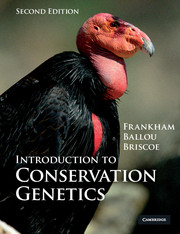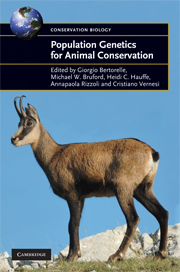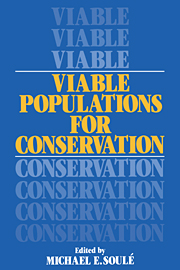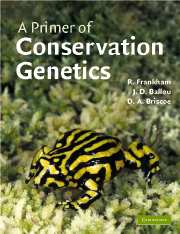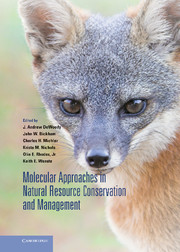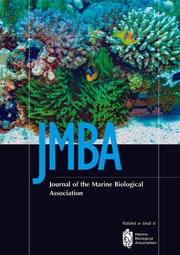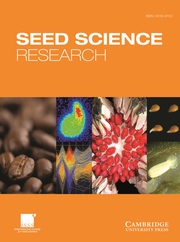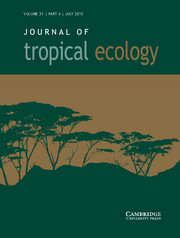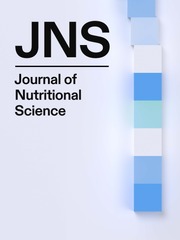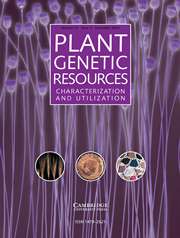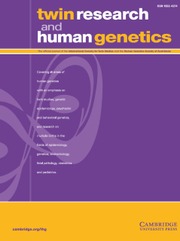Introduction to Conservation Genetics
2nd Edition
£58.99
- Authors:
- Richard Frankham, Macquarie University, Sydney
- Jonathan D. Ballou, Smithsonian Institution, Washington DC
- David A. Briscoe, Macquarie University, Sydney
- Date Published: January 2010
- availability: Available
- format: Paperback
- isbn: 9780521702713
£
58.99
Paperback
-
This impressive author team brings the wealth of advances in conservation genetics into the new edition of this introductory text, including new chapters on population genomics and genetic issues in introduced and invasive species. They continue the strong learning features for students - main points in the margin, chapter summaries, vital support with the mathematics, and further reading - and now guide the reader to software and databases. Many new references reflect the expansion of this field. With examples from mammals, birds, reptiles, fish, amphibians, plants and invertebrates, this is an ideal introduction to conservation genetics for a broad audience. The text tackles the quantitative aspects of conservation genetics, and has a host of pedagogy to support students learning the numerical side of the subject. Combined with being up-to-date, its user-friendly writing style and first-class illustration programme forms a robust teaching package.
Read more- Tackles the quantitative aspects of conservation genetics, helping students master the numerical side of the subject, including graphs, worked examples, problems and solutions
- The theory is taught with a balanced range of examples - mammals, birds, reptiles, fish, amphibians, plants and invertebrates - to appeal to a broad range of students
- Includes computer simulation exercises to support students in understanding stochastic issues as well as providing teaching materials for instructors
Reviews & endorsements
'… an excellent introduction to population and quantitative genetics … Introduction to Conservation Genetics is an important book; it has authoritative reviews and lucid descriptions of population and quantitative genetics. It is beautifully put together and illustrated … I anticipate that this book and its successors will be the standard text and reference for years to come.' Charles E. Taylor, Conservation Biology
See more reviews'… this important book should be compulsory reading …' Pacific Conservation Biology
'… a good introduction to the topic. There are strong diagrams to aid understanding and a range of summaries, reading lists and problems to stretch the mind further.' TEG News
'… given its breadth and up-to-date treatment of the literature, the text should be of considerable value to students interested in conservation genetics and to the professional who needs a complete reference.' TRENDS in Ecology Evolution
'… the second edition of Introduction to Conservation Genetics should provide an excellent basis for developing an introductory graduate or upper-level undergraduate course on conservation genetics. Instructors should also be able to incorporate some material into more general courses on conservation biology, population genetics, or evolution … However, the utility of this new edition is not limited to classroom instruction. Scientists looking to learn more about this research area can use it to gain a basic foundation, and specialists will find it a handy tool for quick cross-referencing of the field's primary literature.' Plant Science Bulletin
'… a commendable degree of detailed information … the book's broad approach and reader-friendly presentation will ensure that it will continue to be the standard textbook on this subject.' Bulletin of the British Ecological Society
Customer reviews
Not yet reviewed
Be the first to review
Review was not posted due to profanity
×Product details
- Edition: 2nd Edition
- Date Published: January 2010
- format: Paperback
- isbn: 9780521702713
- length: 644 pages
- dimensions: 246 x 190 x 28 mm
- weight: 1.4kg
- contains: 6 b/w illus. 45 tables
- availability: Available
Table of Contents
1. Introduction
2. Genetics and extinction
Part I. Evolutionary Genetics of Natural Populations:
3. Genetic diversity
4. Characterizing genetic diversity: single loci
5. Characterizing genetic diversity: quantitative variation
6. Evolutionary impacts of natural selection in large populations
7. Evolution impacts of mutation, migration and their interactions with selection in large populations
8. Genetic consequences of small population sizes
9. Maintenance of genetic diversity
10. Population genomics
Part II. Effects of Population Size Reduction:
11. Loss of genetic diversity in small populations
12. Inbreeding
13. Inbreeding depression
14. Population fragmentation
15. Genetically viable populations
Part III. From Theory to Practice:
16. Resolving taxonomic uncertainties and defining
17. Genetic management of wild populations
18. Genetic issues in introduced and invasive species
19. Genetic management of captive populations
20. Genetic management for reintroduction
21. Use of molecular genetics in forensics and to understand species biology
22. The broader context: Population Viability Analysis (PVA).
Sorry, this resource is locked
Please register or sign in to request access. If you are having problems accessing these resources please email [email protected]
Register Sign in» Proceed
You are now leaving the Cambridge University Press website. Your eBook purchase and download will be completed by our partner www.ebooks.com. Please see the permission section of the www.ebooks.com catalogue page for details of the print & copy limits on our eBooks.
Continue ×Are you sure you want to delete your account?
This cannot be undone.
Thank you for your feedback which will help us improve our service.
If you requested a response, we will make sure to get back to you shortly.
×
